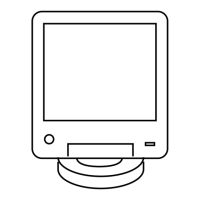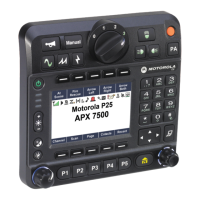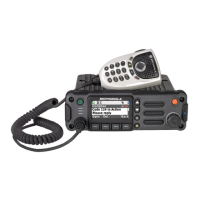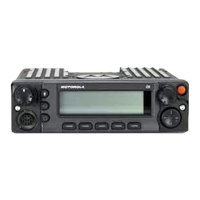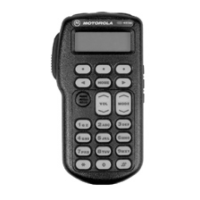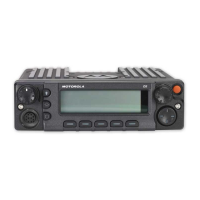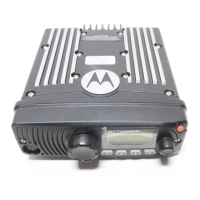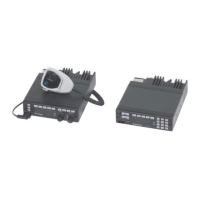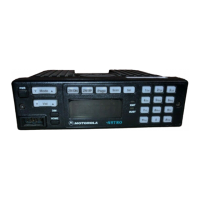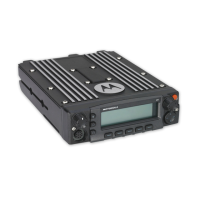8.2.1.1
Unified Event Manager Active Alarm Window Analyzation
The Unified Event Manager (UEM) Active Alarms Window is useful for troubleshooting because it
captures alarms that may occur intermittently or during off-hours. For example, you can review the
Active Alarms Window to correlate reported loss of service with patterns of critical alarms for links
and equipment.
When analyzing the Active Alarms Window, look for the following patterns:
•
Failures sent with time stamps on or about the same time
• Failures from related equipment:
- Cards in the same device
- Equipment part of the same subsystem
Many devices send out events that report both critical and non-critical events. Learn to distinguish
between critical and non-critical events.
See the Unified Event Manager manual or UEM Online Help for further details.
8.2.1.2
Diagnostic Options in Unified Event Manager
This table summarizes the base radio diagnostic options in the Unified Event Manager (UEM).
Table 50: Base Radio Diagnostic Options in UEM
Option Description
Restart Requests that the base radio performs a reset.
Service Requests that the base radio enters service mode, allowing a tech-
nician to make alignment adjustments and run other tests while the
base radio is offline.
Enabled Requests that the base radio enters the enabled mode and handle
traffic.
8.2.2
MOSCAD Network Fault Management
If MOSCAD Network Fault Management (NFM) equipment is supported at the site, additional status,
and alarm information for a device can be viewed through the MOSCAD NFM.
MN003286A01-E
Chapter
8: GTR 8000 Base Radio Troubleshooting
216
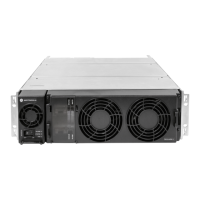
